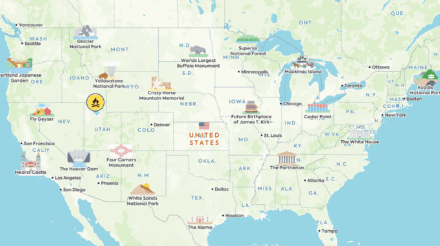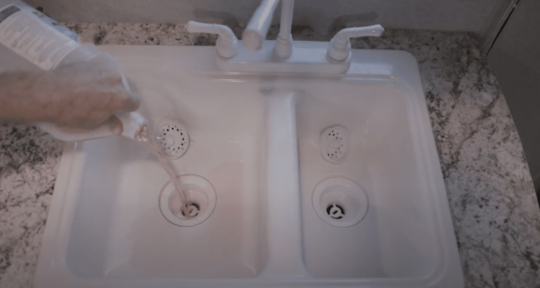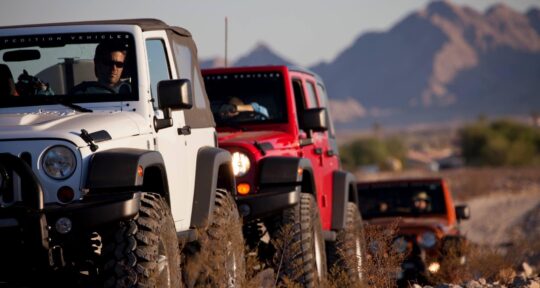When I bought my first RV more than a decade ago, it wasn’t because I loved camping. Rather, I was a dedicated roadtripper who spent all my vacation time driving along the Blue Ridge Parkway in the east, the Pacific Coast Highway in the west, or any scenic byway in between. As I entered my 30s—with a couple of babies in tow—I still desperately wanted to be a road warrior. However, I also wanted to bring some of the creature comforts of home along on the adventure. Enter the RV road trip.
Why road trip in an RV rather than a car?
Eleven years after that first RV purchase I can say the big bet paid off. My family has spent hundreds of days roadtripping around the country exploring national parks, historical landmarks, kitschy roadside attractions, urban destinations, and beach resorts. Here are the reasons why I choose to plan RV road trips more than any other type of travel.
You can travel more and spend less
It is easier for us to control costs when we travel in an RV than when we take other types of road trips. Spending less on a campground does not mean sacrificing natural beauty or comfort. State and national park campgrounds offer some of the most scenic places to park your rig with a price tag ranging from 20 to 40 dollars per night. Feeling more adventurous? Find Bureau of Land Management (BLM) land where you can boondock for free. Another option is purchasing a Harvest Hosts membership, which will allow you to camp for free at wineries, breweries, and farms around the country.
You can prepare your own food in an RV
An RV kitchen allows travelers to eat healthier and spend less money while on the road. This can be particularly helpful for anyone with special dietary restrictions and food allergies, or for picky eaters. We love picking up regional specialties at farmers’ markets and then preparing dinner at the campground.
You get your own (clean) bedroom and bathroom
No matter where we are in the country, we love ending the day by falling asleep on our own custom memory foam RV mattress. Our kids have their favorite blankets and stuffed animals. The bathroom is always well-stocked with our favorite toiletries, and the medicine cabinet has all the necessary first aid supplies we might need in a pinch. We are able to stock up on cleaning supplies and control the cleanliness of our environment more easily when traveling with an RV.
One Must-Have for a Stress-Free RV Trip – Nothing kills the adventure vibe like a power issue. With SoftStartUp, you can keep your A/C and appliances running without overload worries. Learn More
Plan on renting an RV?
The RV rental industry has been growing rapidly over the last decade. If you plan on renting an RV for your next road trip, don’t wait to make that reservation. I highly recommend renting a motorhome that is 30 feet or less, which will enable you to fit into almost any RV campsite out there—public or private.
Renting an RV for the First Time
A Class C RV rental will feel similar to driving a U-Haul truck and is fairly easy to maneuver on highways and in parking lots. Smaller Class Bs—think #vanlife—are even easier to drive but offer very little storage or sleeping space. Class As are more like buses and may be intimidating to first-time RVers. You will also be relegated to big-rig-friendly campgrounds and oversize parking spots.
Shopping for your first RV?
If you are currently in the market for your first RV, make sure you purchase a rig that will fit your traveling style. There is no shortage of massive RVs out there with residential refrigerators, massaging recliners, and king-sized master beds. However, these types of RVs are not well suited for roadtrippers who aim to easily move from place to place and stay light on their feet.
Consider set up and break down times. Be aware that gas stops and quick roadside breaks will be more challenging. Also figure out what kind of campground experience you want. Rule of thumb is to purchase an RV under 30 feet long in order to fit into most state and national park campgrounds.
If you would like to boondock or park overnight in free locations, make sure you look for large fresh water, gray water, and black water tanks as you shop. You may also want to look into solar panels or an onboard generator to power your off-grid adventures.
Already own an RV?
If you recently purchased your RV and are itching to hit the road, take a breath and get comfortable with your new home on wheels first. Head to an empty parking lot and practice backing up, parking, and turning. Create personalized checklists for campground departure and arrival. Measure and record the length and height of your rig (including air conditioner). Load your RV with all your gear and head to your local CAT scales to make sure it’s not overweight.
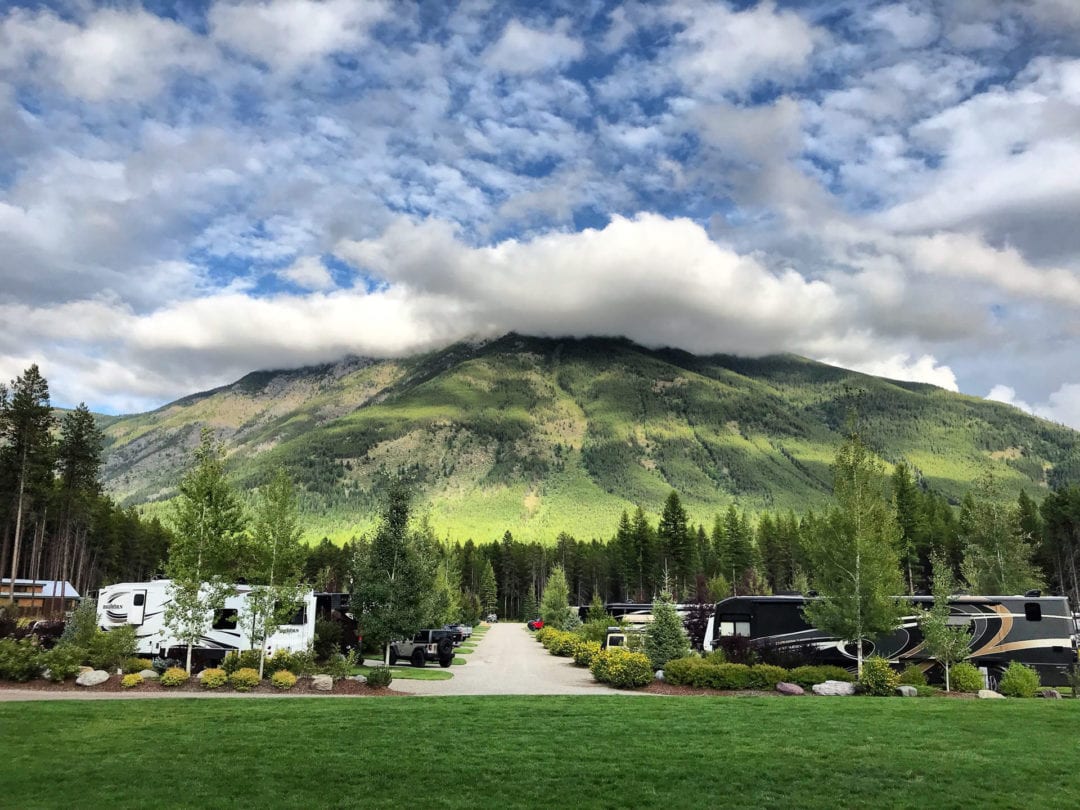
6 steps to planning a successful RV road trip
Despite all the compelling reasons to road trip in an RV, this mode of transportation does not come without its own unique set of challenges and concerns. No matter how experienced of a roadtripper you are, you’ll need to make some adjustments when planning an RV road trip.
1. Choose the right RV for the road trip you want to plan
Don’t expect to take the scenic route and play your campground stops by ear in a 40-foot Class A motorhome. On the other hand, you may not be able to stock up on groceries and prepare your own gourmet meals in a 16-foot Class B van. Matching up your rig with your desired adventure is the first step in planning a successful RV road trip.
2. Make a plan that matches your budget
The three most expensive line items for an RV road trip are gas, campground fees, and food. All three of these can vary dramatically depending on the type of road trip you plan. Knowing your RV or tow vehicle MPG will help you plan a route that doesn’t break the bank. Remember, you don’t have to drive across the country to have an amazing adventure.
Having a campground budget will help you feel free to splurge on an RV resort at one stop and then balance that out with some state park camping or boondocking. Some folks save money by overnighting in Walmart, Cracker Barrel, or Cabela’s parking lots instead of pricey private campgrounds by the side of the road. Just call ahead to check on local ordinances.
How to find a safe place to park your RV or van for the night
3. Book campsites far in advance of your departure date if possible
The current state of available campsites is a hard pill to swallow for new RVers. Many people dream of hitting the road and letting the wind blow them where it may. Unfortunately, the best state and national park campsites are often booked months in advance, so making reservations is typically recommended. Carefully read online reviews to ensure the campground is a good fit. Make sure the campground has the amenities that you need, whether that’s a pool and hot tub or just sparkling clean bathhouses. Also note any cancellation policies and record them in your smartphone calendar along with the reservation information. This way you are prepared if plans do change while you’re on the road.
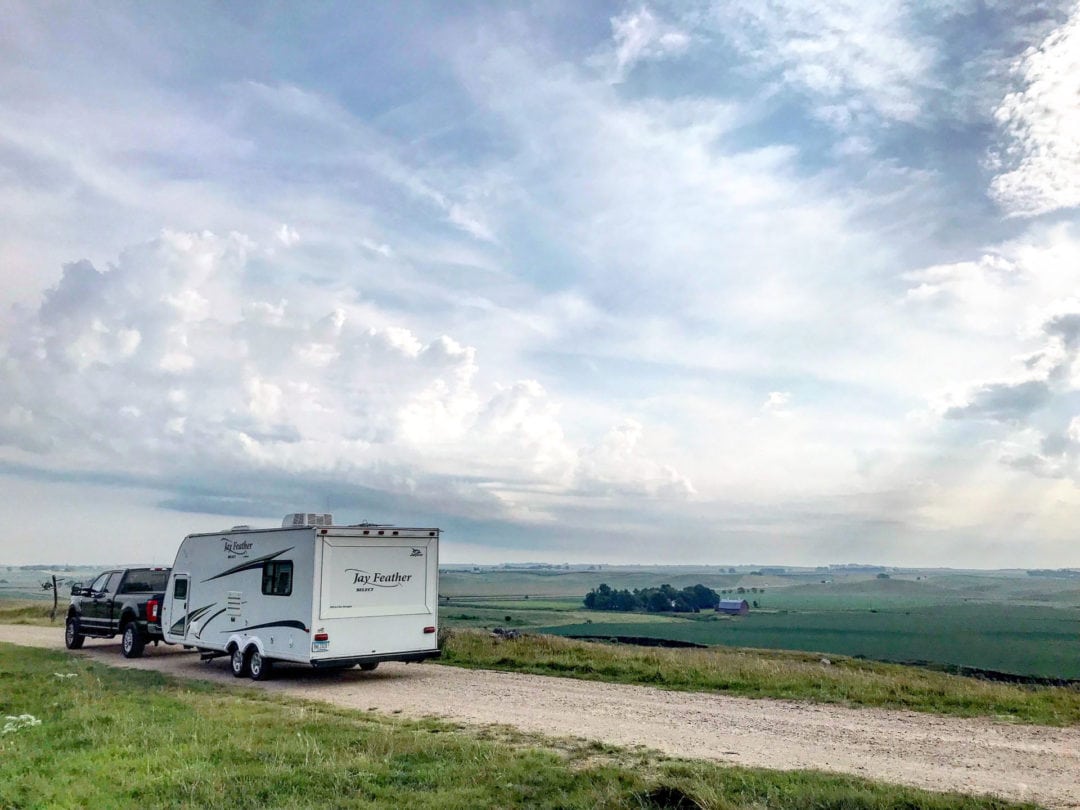
4. Plan an RV-friendly route
Many experienced roadtrippers love exploring the backroads and scenic byways when traveling from point A to point B. You will have to approach route planning differently when taking an RV road trip. Look for any low clearances and propane restrictions for bridges and tunnels. Think about gas stops that won’t land you in a parking lot pickle. Be aware of steep grades or switchbacks that may be tricky to navigate in an RV.
5. Research RV parking in advance
Seasoned roadtrippers love to find unexpected treasures and make unplanned stops. This becomes a bit trickier when traveling by RV. I usually call ahead to points of interest along our route and specifically ask for details about RV parking. From the Corn Palace in South Dakota to the Bay of Fundy in Nova Scotia, we’ve been able to easily navigate busy tourist attractions armed with advanced parking intel. What about those fun, unplanned stops that pop up along the way? Check the satellite map view on your smartphone to see if you will be able to navigate in and out of the location before committing.
6. Adjust your estimated time of arrival
One of the most common mistakes new RV roadtrippers make is expecting to move at the same pace as when traveling by car. That’s not going to happen, so it’s important to have reasonable expectations when planning your itinerary. An easy rule of thumb is to plan an average route speed of 50 miles per hour. This accounts for generally slower speeds, but also longer and perhaps more frequent gas stops. Driving an RV takes a lot more focus than a car, and first-time RVers are often surprised that they are tired after a shorter time behind the wheel. For this reason, some RVers follow the 3/300 rule: Drive no more than 300 miles in a single day and arrive at your destination no later than 3 p.m.
After hundreds of days spent roadtripping in an RV over the last decade, I clearly enjoy hitting the open road with my home on wheels. I’m willing to trade a bit of flexibility for a whole lot of comfort. Find the right rig, plan ahead, and adjust your expectations a bit. Then get ready to have an amazing road trip adventure.

